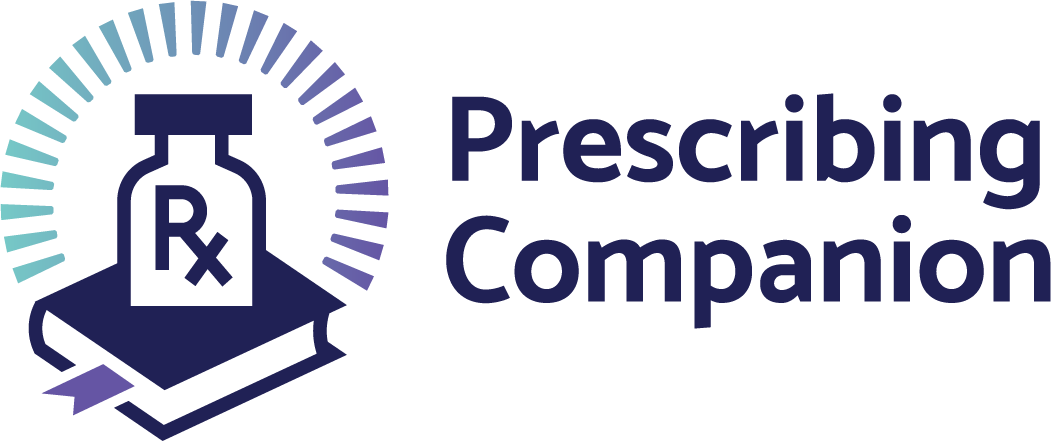Wounds
exp date isn't null, but text field is
ICD10 CODE: S00-T88
Any break in the continuity of the skin or mucosa or disruption in the integrity of tissue due to injury.
Causes
- Sharp objects, e.g. knife, causing cuts, punctures
- Blunt objects causing bruises, abrasions, lacerations
- Infections, e.g. abscess
- Bites, e.g. insect, animal, human
- Missile and blast injury, e.g. gunshot, mines, exlosives, landmines
- Crush injury, e.g. RTA, building collapse
Clinical features
- Raw area of broken skin or mucous membrane
- Pain, swelling, bleeding, discharge
- Reduced use of affected part
- Cuts: sharp edges
- Lacerations: Irregular edges
- Abrasions: loss of surface skin
- Bruises: subcutaneous bleeding e.g. black eye
Management
Treatment
Minor cuts and bruises
- First aid, tetanus prophylaxis, dressing and pain management
- Antibiotics are not usually required but if the wound is grossly contaminated, give
- Cloxacillin or amoxicillin 500 mg every 6 hours as empiric treatment
- Child: 125-250 mg every 6 hours
- Cloxacillin or amoxicillin 500 mg every 6 hours as empiric treatment
Deep and/or extensive
- Identify the cause of the wound or injury if possible
- Wash affected part and wound with plenty of water or saline solution – (you can also clean with chlorhexidine 0.05% or hydrogen peroxide 6% diluted with equal amount of saline to 3% if wound is contaminated)
- Explore the wound under local anesthesia to ascertain the extent of the damage and remove foreign bodies
- Surgical toilet: carry out debridement to freshen the wound
- Tetanus prophylaxis, pain management, immobilization
If wound is clean and fresh (<8 hours)
- Carry out primary closure by suturing under local anaesthetic – Use lignocaine hydrochloride 2% (dilute to 1% with equal volume of water for injection)
If wound is >8 hours old or dirty
- Clean thoroughly and dress daily
- Check the state of the wound for 2-3 days
- Carry out delayed primary closure if clean – Use this for wounds up to 2-4 days old
If wound >4 days old or deep pucture wound, contaminated wounds, bite/gunshot wounds, abscess cavity
- Let it heal by secondary closure (granulation tissue)
- Dress daily if contaminated/dirty, every other day if clean
- Pack cavities (e.g. abscesses) with saline-soaked gauzes
In case of extensive/deep wound
- Consider closure with skin graft/flap
Note: Use SOP for collection of wound discharge, or deep tissue, submit to lab
Start on treatment, change treatment when results return
If MDR, gram negative or MRSA or VRE impleme the respective transmission-based precautions.
Where can, use chlorine release for environmental decontamination or alternate fumigation (not formaldehyde)Use antibiotic prophylaxis in very contaminated wounds
